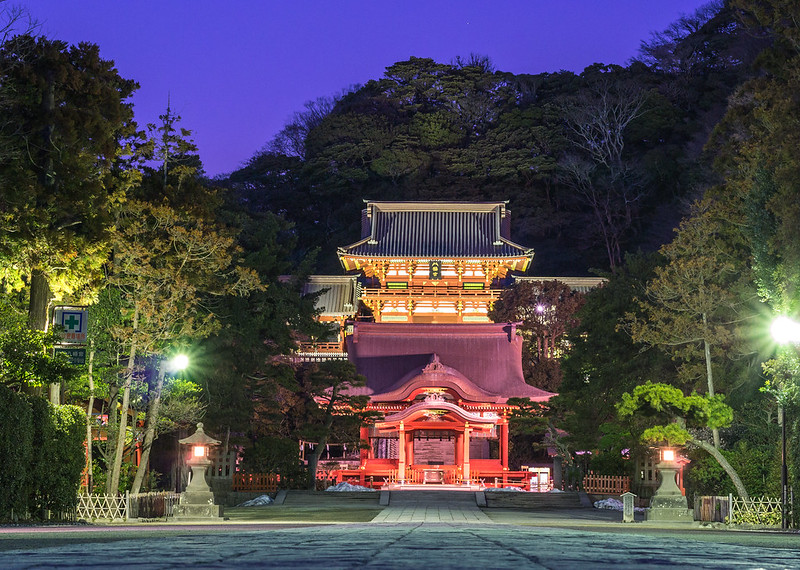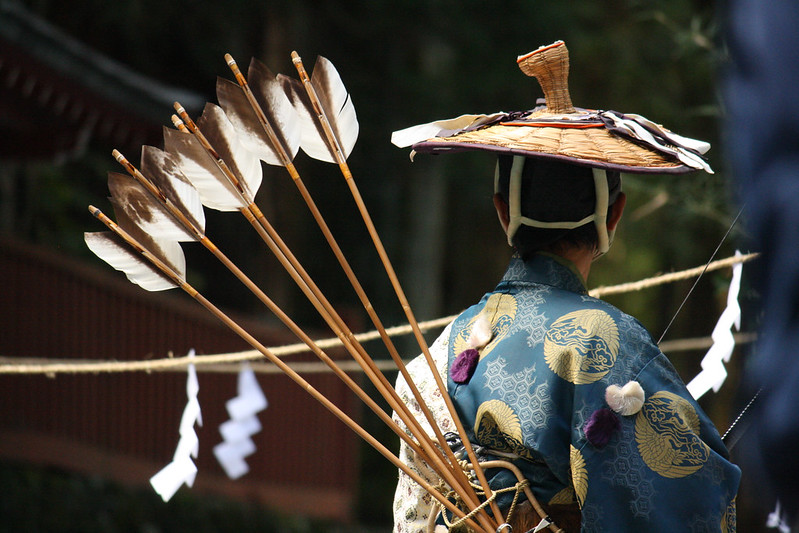
September Festivals: Owara Kaze-no-Bon and Reitasai
Japan has numerous festivals throughout the year. Let’s have a closer look at two for this September, the Owara Kaze-no-Bon and the Reitasai.
Owara Kaze-no-Bon
September ushers in the annual Owara Kaze-no-Bon Festival when people pray for the protection and abundance of the autumn harvest. It literally means Bon Dance of the Wind.
The festival is held every September 1–3 in Yatsuo-machi, Toyama City, Toyama Prefecture. According to the Japanese calendar, September 1 1is the 210th day from the very first day of spring and often brings natural calamities that can harm crops.
Men and women stop all forms of work during the festival. Townspeople light paper lamp stands and sing the folk song Ecchu Owara Bushi, accompanied by traditional Japanese musical instruments. Traditional garb for women for the event are summer kimonos with black sashes and straw hats, while men wear amigasa hats and short jackets. In recent years, the somber folk songs and traditional vibe of the festival have attracted spectators from all over the globe.
Tsurugaoka Hachiman Shrine
Reitaisai
Another festival is the Reitaisai at the Tsurugaoka Hachiman Shrine in Kamakura, an event held between September 14-16. Worshippers gather in the shrine and various performers dance to traditional Japanese music. The much-anticipated Shinkosai parade of parishioners is a sight to behold as they carry portable shrines. A procession follows, stretching hundreds of meters through the streets of Kamakura City.
Yabusame riders
The event also features a tea ceremony to the gods and a classical Japanese dance. The festival culminates on the 16th of September with the eagerly-anticipated Yabusame, a form of traditional mounted Japanese archery that can be traced back from the end of the Heian Period (794–1192) to the Kamakura Period (1192–1334). Archers decked in samurai hunting gear (age shozoku) shoot special turnip-headed arrows at targets while mounted on horses on full gallop.


